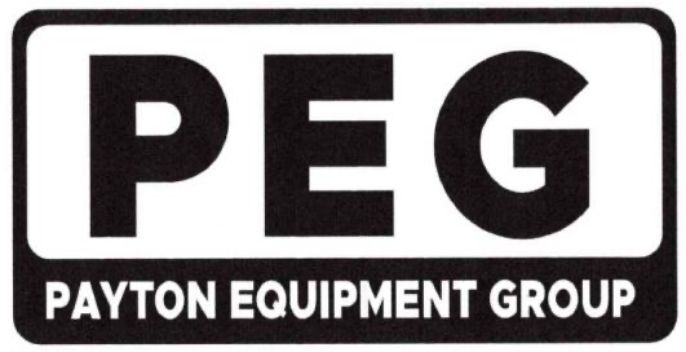
Play therapy is a wonderful evidence based therapeutic modality that is effective when working with children, particularly children dealing with trauma. It is often misunderstood and thought of as “just playing” to those not familiar with the research and benefits of these therapeutic interventions. Play is fundamental in the life of every child. It is how they learn and process the world around them. Fred Rogers noted correctly that play is really the work of childhood. Children regularly process their environment, thoughts, feelings, and experiences by utilizing play. The same is true when children are processing traumatic things that may have happened to them or that they may have witnessed. Play is the language of children and toys are their words. So, play in essence gives children a voice through showing rather than saying. A child might not have the vocabulary to describe something that has happened to them, but they can act it out through the tools in the play therapy room and therefore help the therapist give them the words and increase their understanding and ability to comprehend and assimilate the traumatic experience.
When you look at a play therapy room, it might appear to be like any playroom for children. However, the toys are specifically chosen with their therapeutic benefits in mind. For example, a play therapy room will often have puppets. Research has shown that children are more willing to approach trauma content with the safety of being behind the “shield” of a puppet’s identity. In that way, the child is talking to the puppet or about the puppet which makes the child feel more comfortable sharing something hard. A sand tray is another excellent tool that can be used by people of any age. In the sand tray, a child can choose from a variety of miniatures to represent a story of something that happened or the way the child felt in a situation. The power of metaphors is very useful in exploring and processing important parts of a child’s experience and the miniatures used in the sand tray provide the metaphor. Other important things to have in the play therapy room are items that represent law enforcement, jail, home life, nurturing, and things that help soothe a child’s physiology such as a rocking chair or weighted blanket. Rocking and weighted blankets work well to lower anxiety and regulate a child’s emotions and behaviors which are often difficult when working on trauma in a session. Coping skills and emotional regulation are taught using bubbles, balancing feathers, and sensory stimulation through finger paint. There are so many wonderful options in play therapy.
Registered Play Therapists have years of specialized training and have a high standard of practice with continuing education to stay abreast of the latest research and techniques in the field. It is an essential part of any therapeutic practice with children, especially children who have suffered trauma.


































